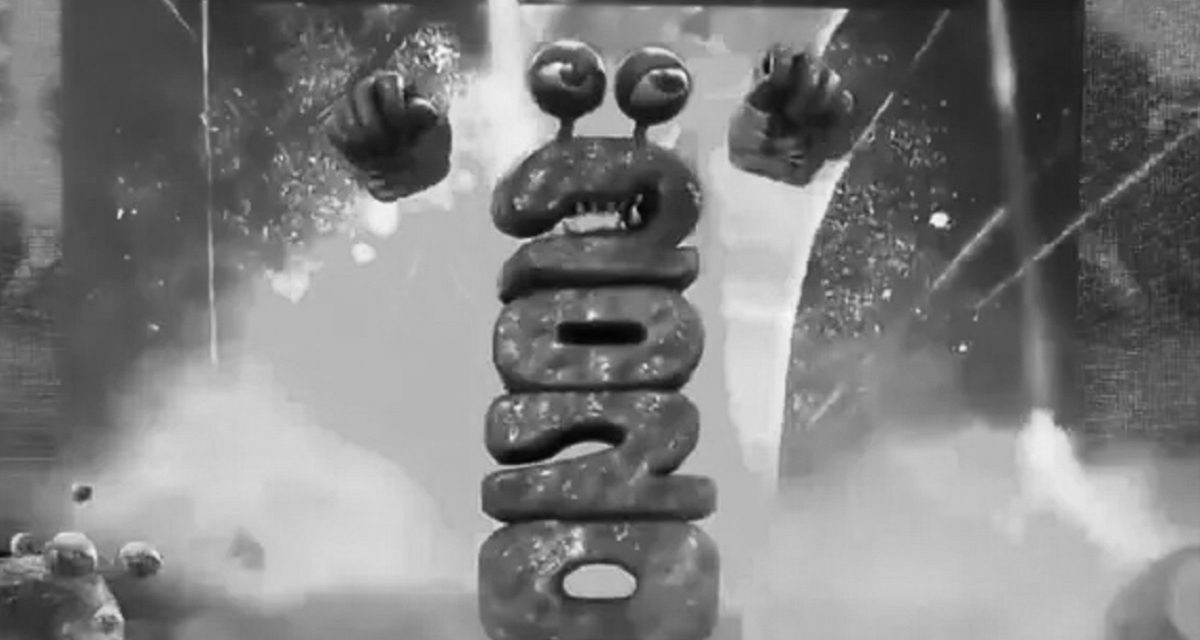It’s safe to say that 2020 was – and hopefully will be – unlike any other year most people have ever experienced. Even we at Slam Wrestling were not immune from change, becoming an independently owned and operated site after parting ways with Postmedia earlier this year.
What hasn’t changed, fortunately, is that Slam Wrestling continues to be the world’s premier pro wrestling journalism site. Here are some of the biggest wrestling stories that we covered in the past 12 months.
COVID:19 says, “I just whooped wrestling’s a**!”
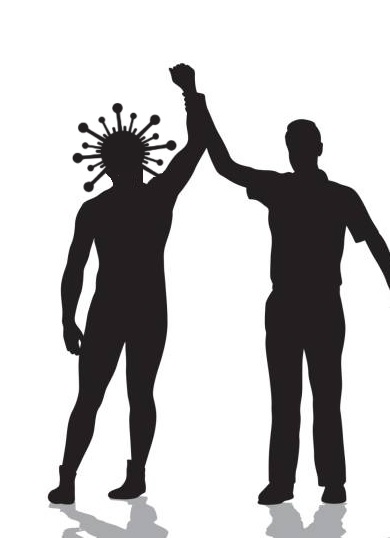
It’s been nearly a full year that the biggest heel of all time up-ended the professional wrestling industry. The COVID-19 coronavirus effectively shut down the world in the spring, and wrestling was no exception.
With restrictions on social distancing causing arenas to shut down, all the major companies had to cancel their live events, a traditional bedrock of the industry. Instead, they pivoted to running shows in empty arenas, while others simply suspended operations for a while.
After initially holding shows – including WrestleMania – in an empty Performance Centre, WWE created The Thunderdome, an innovative experience that saw fans appearing on thousands of video screens, enhanced with piped-in audio, so as to replicate the live audience. Meanwhile, with the state of Florida recognizing professional wrestling as an essential service, AEW took a different approach by allowing a limited number of fans to enter the open-air Daily’s Place in Jacksonville, Florida, for its weekly Dynamite shows.
In addition, the rosters and crews in all shops were subject to testing and other safety protocols, to various degrees of success. Despite the precautions, over the course of the year, a number of stars were pulled from shows due to having been infected, or at risk of it – the oft-used phrased “card subject to change” was never more apt than in 2020 as a result.
Outbreaks in the NXT locker room had AEW announcer Taz call WWE a “sloppy shop.” Meanwhile, AEW star Chris Jericho received a lot of mainstream criticism for risking infecting the roster (and anyone in his key demographics) when his band Fozzy performed a concert at the Sturgis Motorcycle Rally in front of a largely-unmasked shoulder-to-shoulder audience.
The virus affected independent shows as well, with most companies shutting down, while some experimented with alternatives like holding drive-in shows, or streaming events online.
Hopefully, like any good babyface, professional wrestling will mount a comeback. Vaccines for the virus have recently been approved, and are making their way across the globe. However, it remains to see when professional wrestling will be back to normal – or, indeed, what that new normal will be. What’s certain is that nobody wants to see a rematch.
Wrestling gets real with #SpeakingOut movement
 There have been plenty of pro wrestling books, documentaries and interviews containing salacious sex stories involving figures in the industry. But what about the stories that aren’t so sexy? I’m talking about the stories where victims are abused physically, sexually and emotionally; positions of trust/power are horrifically misused or even worse the victims were underage. Sadly, pro wrestling is not immune to this depravity.
There have been plenty of pro wrestling books, documentaries and interviews containing salacious sex stories involving figures in the industry. But what about the stories that aren’t so sexy? I’m talking about the stories where victims are abused physically, sexually and emotionally; positions of trust/power are horrifically misused or even worse the victims were underage. Sadly, pro wrestling is not immune to this depravity.
Much like Hollywood was called to task with the #MeToo movement (which dates to 2006 but came to the fore in 2017), both female and male victims decided to shine a not so flattering spotlight on the pro wrestling industry with the #speakingout movement launching on Twitter in June 2020.
#SpeakingOut hit both the indy and major pro wrestling promotions hard with allegations leading to subsequent firings, resignations, investigations, the formation of a UK watchdog group, and even lawsuits.
At SlamWrestling.net, the movement was given its own dedicated page as new allegations, apologies, denials, and other updates were constantly flooding in.
And then just as quickly as #SpeakingOut superkicked its way into our consciousness, the flames of the movement sputtered until they were all but extinguished. Here’s hoping 2021 reignites a discussion that is most worthy of being deemed essential.
— Jamie Hemmings, SlamWrestling.net Book Editor
Ten Bell Salutes
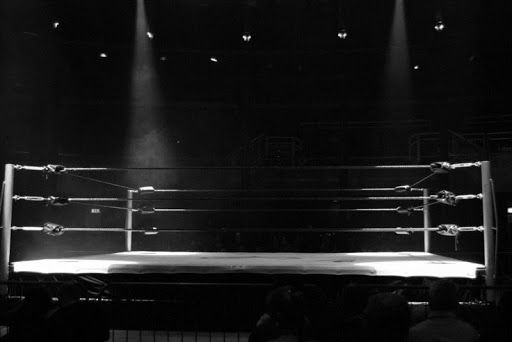
You can’t look back at the deaths in 2020 without the dreaded word COVID-19, because whether it was the actual cause, as it was with “Kamala” James Harris, or not, the pandemic had a ripple effect on everything else, from the strain on the medical profession to the ability to visit loved ones in the hospital. When sadly announcing the passing of her husband Jon Huber (Luke Harper, Brodie Lee), Amanda Huber felt compelled to note that it not COVID, but rather a non-COVID lung issue. So the dreaded virus dominated the year, and will continue to far into 2021.
And it truly feels like a horrible year of death after death, but I suspect that if you crunched the numbers, it really wasn’t much different than any other year, other than the deaths were amplified by our constant online presence, many forced to stay home from jobs out of the house.
What we’ve found in our new home at SlamWrestling.net is that the big name deaths get good traffic and are shared through social media, but it’s the obituaries that no one else seems to note, let alone write about, that can have a bigger impact.
An example – Walt “Big Slam” MacDonald was not someone I knew, but I did know someone who knew him, wrestler/promoter Greg “Count Grog” Mosorjak. Grog delivered a personal piece and you knew that his friends and family appreciated it, as it good plenty of views, and we received more comments than ever before on an article on the new site.
Similarly, Brian Gorie is a Detroit referee, and he shared personal thoughts on “Mr. Meaner” Russell Redmon, and collected some others from those who knew him. He told me after that Redmon’s widow told him that Russell loved his wrestling pals, and that Michelle “had to stop reading this like 12 times bcuz I just couldn’t do it! That is amazing Brian!”
This one will likely surprise you, but the biggest death on the site, traffic-wise, was Ric Drasin, the influential bodybuilder, wrestler, motivational speaker, actor. It helped that I had interviewed him years ago, as he had been trained by Mae Young, but it was way more than that. His impact on people jumped from profession to profession. He had that “It Factor” that is always talked about. No other site covered his passing with the depth and care that my obit did.
It’s worth remembering in these dark times that no death is bigger than any other, and I detest any Top 10 list of deaths, as if death can be ranked. They all leave a void in many lives, and there are mourners, whether in person or online watching a streamed funeral.
Yes, plenty of big names died in 2020: Hall of Famers like Pampero Firpo, Mr. Wrestling II (Johnny Walker), Danny Hodge, Pat Patterson, Rocky Johnson, Bob Armstrong, Road Warrior Animal, Killer Tim Brooks, and Marc “Rollerball” Rocco/Black Tiger, solid performers like Hercules Ayala, Xavier, Puppet The Psycho Dwarf, Tracy Smothers, Dick Steinborn, and outside the ring people too, like Joe Pedicino, Bob Ryder and Howard Finkel. Learning about the lives and careers of Supreme, Kat Leroux, or Danny Havoc helped many cope with the loss. And the drowning death of Shad Gaspard, heroically saving his son before being swept out to sea, was a time to reflect even further on what was important in life.
The one death that hopefully helps change our toxic online culture is that Hana Kimura. Her suicide was apparently of a result of online bullying, and, in recent news, one of the perpetrators has been charged in Japan.
Be kind to each other going into 2021, as we all need it.
— Greg Oliver, SlamWrestling.net Producer
Fights, Camera, Action – the rise of Cinematic matches
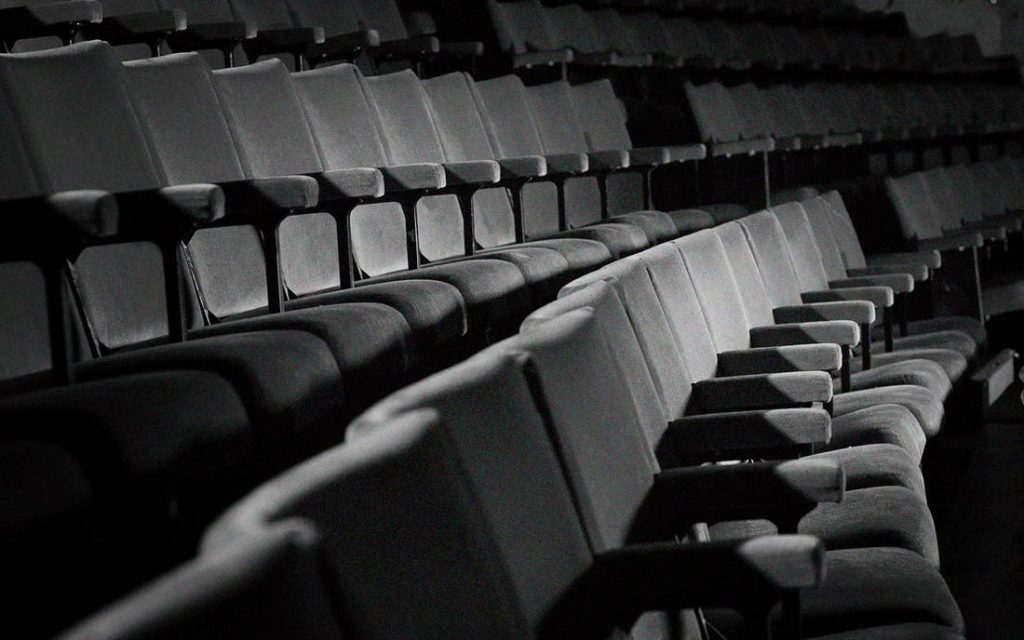
2020 will probably be known as the Year of the Cinematic Match, though it hardly lays sole claim to the title. In a year where fans were banned from the arena, production crews were stripped down, and live televised matches just felt … weird, it was the perfect year to take cinematic matches to another level.
Unfortunately, most of the possibilities offered by crafting cinematic matches were left unused.
Before we get to that, just quickly refresh your memory on the list of cinematic matches that have occurred before 2020: for example, the Hollywood Backlot Brawl between Goldust and Roddy Piper; The Final Deletion; The House of Horrors Match; and even The Giant falling off an arena’s rooftop – and that’s hardly an exhaustive list.
Filming a match and editing it together wasn’t actually new last year, but it also seemed like there was a new one every month. Sometimes every week. While the technique was sometimes used to craft together multiple takes to try and create the greatest wrestling matches ever, it was more often used to offer wrestling in ridiculous scenarios like swamps, cemeteries/boneyards, and bars.
And while many felt there was overkill in using these types of matches, a contrary view is that with all of the possibilities for cinematic matches, the industry could actually have taken things to even higher, and more ridiculous heights.
While professional wrestling is far from being too subtle of an art, there is a bit of a wasted opportunity. 2020 offered a blank canvas on which to create brand new wrestling experiences, and that canvas wasn’t fully explored. The cinematic matches never really took advantage of the myriad of special effects that could have been added to a match after recording. Yes, there was some sound and video effects added for the Greatest Wrestling Match Ever between Edge and Randy Orton, and there was some creative use of sleight of hand that allowed Orton to set The Fiend ablaze in the ring.
But how about things like flying wrestlers? Wrestlers that truly “Hulk out” and grow to a massive size, dwarfing their competitor? Laser beams from eyes, and so on? Basically a real-life version of the Battlegrounds video game.
Why couldn’t CGI effects be added to a match post-recording, and be more akin to the YouTube videos of Randy Orton delivering RKOs “outta nowhere” to dinosaurs, airplanes, and Iron Man?
Think of how much fun it could be if matches willingly excused themselves from reality for one week. Tonight, Shane McMahon can deliver an elbow drop from a helicopter miles above the ring. Next week, he won’t. They could have even presented an entire pay-per-view of this stuff and have Vince wake up at the end, reassuring us that it was all a dream.
Some will read this and dismiss these ideas as ludicrous. But others know that that there are times for tradition, and there are times for blowing tradition out of the water. The problem with most cinematic matches, and not just in 2020, is that they’re keeping a tenuous grip on reality, which means they end up being a little normal and a little weird at the same time – and that usually means they don’t end up very memorable for either reason.
Except for one match in 2020, that is: the Firefly Funhouse Match, which hit all of the surreal points noted above. You either loved it or hated it, and in wrestling, that kind of reaction is always better than indifference. Love it or hate it, there’s no denying that it was the quintessential example of cinema meeting wrestling.
Hopefully 2021 will get us back to normal, but the cinematic matches will continue. Hopefully the renaissance is coming.
— Dave Hillhouse, SlamWrestling.net Movies Editor
Vince McMahon gets anti-social

Photo credit: Chris Buck, Variety.com
There’s no question that 2020 has been a strange year for everyone. For WWE wrestlers, It’s been a bit of a rollercoaster. While some were released during the pandemic, others were fired because of a new rule that the company had implemented about using third party sites.
This September, Vince McMahon stated that all superstars were no longer allowed to engage in third-party deals. In other words, they were not allowed to have supplemental income from anything outside of the WWE.
Obviously, this caused backlash and the outspoken Zelina Vega opposed this new rule. She even tweeted about her support for unionization in the pro wrestling industry. So, Vega continued to be active on her Twitch and OnlyFans account. It wasn’t too long before she was let go from the company.
She then tweeted to her fans, thanking them for following her journey in the WWE and how she did all of this for her late father. One of her former female colleagues took to Twitter as well in reaction to Vega being fired. Former WWE Superstar Paige tweeted out “I learned a lot about unionism today.”
However, Paige wasn’t the only notable figure to speak out about Vega’s firing. Former U.S Democratic presidential candidate Andrew Yang also took to Twitter to “warn” McMahon in a sense. Very simply, he wrote “I haven’t forgotten about Vince McMahon.” Since then, the topic of unionization in the world of wrestling has been a hot topic by not only member of the WWE, but wrestling companies around the globe.
— Alexandra Robertson, SlamWrestling.net Senior Reporter
The Tessa mess-a
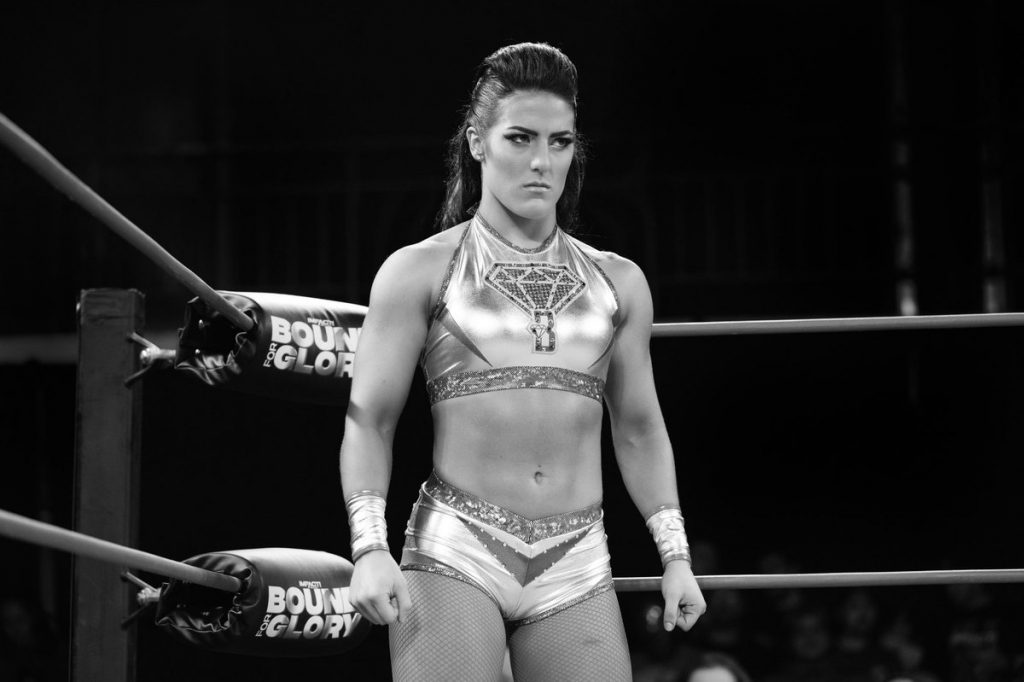
What a difference a year makes. On January 12, Tessa Blanchard made history when she beat Sami Callihan in the main event of Impact Wrestling’s Hard to Kill PPV for the World Championship. Considered by many to be Impact’s best wrestler – male or female – the future looked bright for the third-generation star, and it looked like she might be the standard-bearer for the company in the new decade.
But life had different plans.
The day before winning the title, Blanchard tweeted out a message encouraging women to support one each other in their various endeavours, noting that if they do, “Cool things happen.”
https://twitter.com/Tess_Blanchard/status/1216038823932649473
The response from many female wrestlers wasn’t cool, but rather chillingly icy, with several female wrestlers accusing Blanchard of backstage bullying and racism, including once spitting in the face of a black woman and referring to her using the N-word (a claim that Blanchard denied).
While the controversy hadn’t died down before the COVID-19 pandemic, Blanchard did fall out of the spotlight to some degree, as she was stuck in Mexico, where she was living with her then-fiancée, wrestler Daga (they married in August), and unable to travel across the border. In July, she was scheduled to defend her championship in a five-way match at the Slammiversary PPV. Reports suggest that she was either unable or unwilling to film advance promos to hype the match.
In late June, the company announced it had terminated Tessa
While the reasons were not made public, it isn’t a stretch to conclude that the allegations and resulting bad publicity may have had some part in the decision. Since her release, Blanchard has not made any career announcements. As one of the best in-ring female talents in the world, one wonders if another major company would risk the potential bad press and offer her a contract, or if the wrestling world will need to go Tessa-less.
Kenny Omega makes an Impact
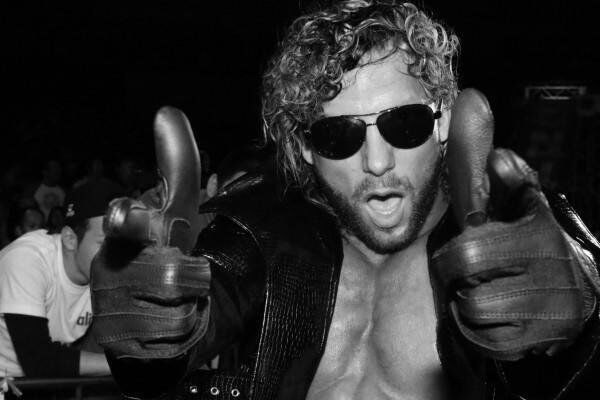
It’s been a long time since Impact Wrestling was the primary topic of discussion in the world of wrestling. But when Don Callis – who moments earlier helped Kenny Omega defeat Jon Moxley for the AEW World Championship – told Alex Marvez that their scheme would be explained “this Tuesday night,” Impact Wrestling suddenly became must-see.
The promise of a rival company’s champion appearing on Impact had the wrestling world speculating on what this could mean. Would this mark the beginning of an “Invasion” storyline? Was this part of a broader plan that would see AEW act as a central hub of global wrestling companies in a war against WWE?
Omega’s first appearance buoyed Impact’s ratings to its highest levels in recent history, both on TV and on the company’s Twitch stream. The crossovers continued throughout December, with the year ending with Omega reuniting with his former Bullet Club partners, Doc Gallows and Karl Anderson, and challenging Impact World Champion Rich Swann and the Motor City Machine Guns to a match, that will take place on Impact’s Hard to Kill PPV in January. It’s quite possible that the match will translate into a significant buyrate boost, and possibly kick off a huge year – not only for Impact, but for professional wrestling in general.
AEW feels the Sting
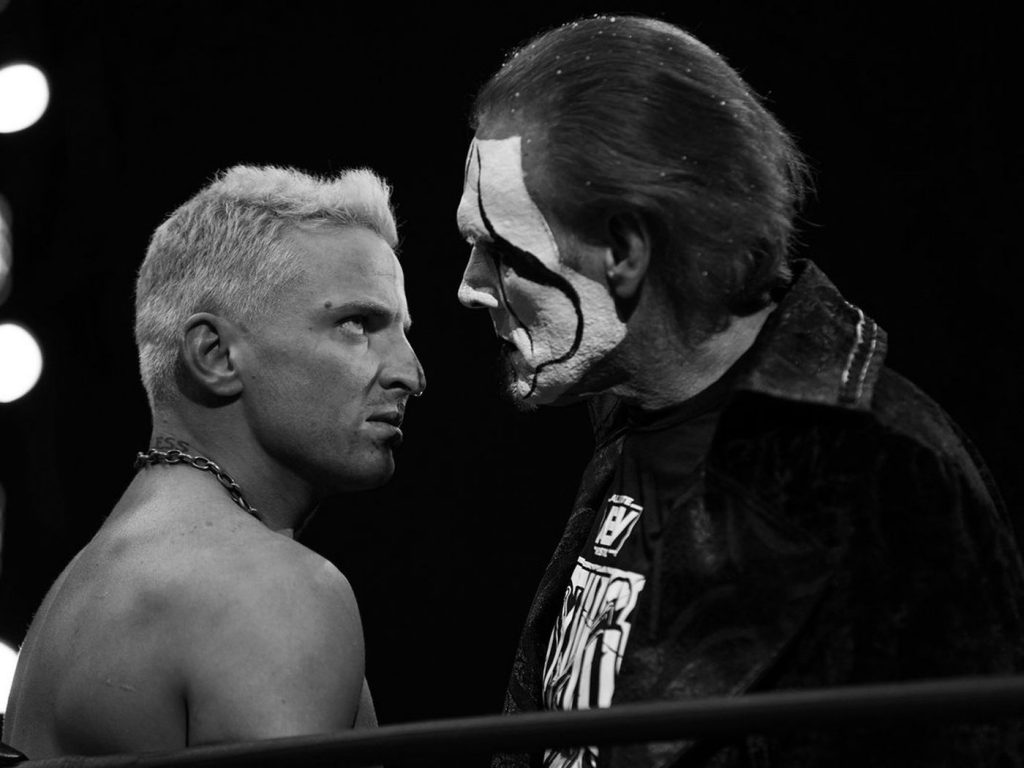
There were quite a few wrestling debuts in 2020, but it’s safe to say that none were bigger than the AEW debut of Steve Borden, AKA Sting, who debuted for the company on December 2nd, on the Winter is Coming episode of AEW Dynamite.
Some online fans were worried that the WCW legend would come in and overshadow younger talent that fans would like to see reach championship gold in AEW. But in the Wednesdays since Winter is Coming, we’ve seen Sting simply be around to act threatening, coming down to the ring to aid the likes of Darby Allin or Cody Rhodes, scaring off Team Taz with his signature baseball bat.
Will he eventually have a match? Given that he’s signed a multi-year contract, it seems inevitable – though, given his age and the potential risk of injury, it’s likely this will be a cinematic match of some kind. But as for recreating his legendary success and actually winning a championship? We don’t think that’s likely, nor necessary.
The Deadman rides into the sunset
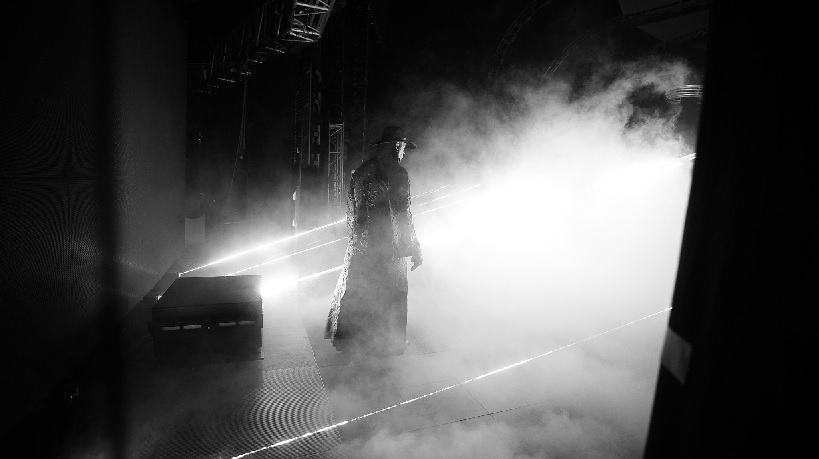
The Undertaker has been searching for several years now. The fans have been searching. Presumably, teams of writers and bookers have been searching.
They’ve all been searching for a way to send off one of the greatest and most enduring performers in the business – and it hasn’t been easy.
While it has been clear for many years that The Undertaker’s best in-ring work was behind him, and falling further behind him quickly, his retirement from active wrestling was a tricky story to tell. Character-wise, the Undertaker is not someone who was going to get caught up in a “Loser Leaves Town” match, a Career versus Career match, or any such stipulation.
Sure, Taker had ended careers, and had defended The Streak for a couple of decades, but his own swansong was always bound to be determined by just one person: himself.
Go ahead and argue (as many have) that it could have been after losing to Brock Lesnar. Or Roman Reigns, if you must. Or maybe even at the seemingly appropriately-named “End of an Era” Match. There have been ample opportunities to send The Undertaker off into the sunset (or into the moonrise?), but none of them really felt right, either due to underwhelming storytelling or less than legendary in-ring performance.
Even the Boneyard Match, with its amalgamation of Undertaker and American Bad-Ass coming together to deliver a highly entertaining mixture of trash-talking and mystic forces, still wasn’t quite there. It was a truly great production, but – not taking anything away from AJ Styles – who would have called his name for the final tombstone marked by The Dead Man?
As it turns out, the answer lay down a different path. If there was no perfect match to cap off his career, then the answer was to remove the match itself. Even as The Undertaker has lost a step, the one thing that hasn’t wavered through the years has been his presence, his aura, and the spectacle of his entrance.
At Survivor Series, the fans were treated to all of that. There was no final Tombstone, no Last Ride, no chokeslam, and nobody in the ring save for the specter of Paul Bearer. Minus all of those traditional set pieces, The Undertaker delivered a sparse, in-character promo, and spent more time walking to the ring than talking inside of it.
It was perfect. It fit the character. And, in a strange way, because it was so long after WrestleMania, it doesn’t even feel like Styles was ultimately The Undertaker’s final opponent; it’s more like he was simply one of his final opponents.
Now, the true test will be to see if Taker can stay away from appearing on things like R-Truth’s game show and ordering Arby’s on an episode of Ride Along. For all the hard work put into fashioning his farewell, one hopes that he is content and will leave it as a lasting image of a story saved by its ending.
— Dave Hillhouse, SlamWrestling.net Movies Editor
Other notable stories:
- Congratulations to WWE superstars Becky Lynch and Seth Rollins on the birth of their first child, daughter Roux. Lynch famously surrendered her RAW Women’s World Championship when she announced she was becoming “The Mom.” Meanwhile, Rollins took out Rey Mysterio’s eyeball (let that be a warning to anyone who wants to date Roux in about 18 years).
- First he broke his legs, and then he broke the internet. In October, a viral video showed footage of a backyard wrestler named Justin whose legs snapped like twigs after he jumped down to the mat during his ring entrance. The cringey video – which can be easily found on YouTube – attracted the attention of the wrestling world, and a GoFundMe campaign was quickly organized to help cover Justin’s medical expenses, including his numerous surgeries and physical rehab. Chris Jericho was a significant donor, and Joey Janela and some other wrestlers donated to the cause, which as of year-end had raised over 10% of its $200,000 goal.
- The “Roller Coaster Ride of the Year” Award goes to Renee Young (real name, Renee Paquette). During her up-and-down 2020, she: contracted COVID-19, became a number-one seller on Amazon for her soon-to-be-released cookbook, got released by WWE, and announced that she and husband Jon Moxley are expecting their first child. While all of this could certainly make for interesting discussions on her Oral Sessions podcast, we do wish her a bit more positive stability during 2021.
- In August, Marty Jannetty became relevant again, when he appeared to confess to murdering someone in 1973, when he was a teenager. In the (now-deleted) post, Jannetty suggested that he’d killed a male co-worker who had made advances on him, and he had “disappeared” the fellow in the Chattahoochie River. Unlike Jannetty’s career, murder confessions can’t be simply forgotten about, and when police actually started an investigation, Jannetty backtracked, claiming that it was simply him trying to create a wrestling angle. And like that, his credibility – and temporary re-relevance – went right out the window.
- The Road to WrestleMania ended in a dead end for a number of superstars and trainers when they were released from the company in April, for cost-cutting and creative reasons. While the decisions may have made sense financially, the timing of doing this during the pandemic – which exacerbated what would already be uncertainty as to the ability to find new employment – was seen by WWE’s critics as being particularly uncompassionate. While some of the releasees have gone onto have success in other companies to various degree (Karl Anderson and Luke Gallows are Impact Tag Team Champions, Deonna Purrazzo is Impact Knockouts Champion, Miro (formerly Rusev) is in a mid-profile feud in AEW, and EC3 fizzled in Impact and is now doing the same in ROH), others (like the Authors of Pain, No Way Jose) haven’t turned up anywhere yet, or may even be contemplating other future endeavours in 2021.
- Ring of Honor resurrected its Pure Championship after 14 years, with Jonathan Gresham winning a 16-man tournament to capture the title. With its unique rules that included a limited number of rope breaks, and restrictions on the use of closed fists, the Pure Championship offered a welcome alternative for fans who were tired of the same-old same-old.
– compiled by Bob Kapur
